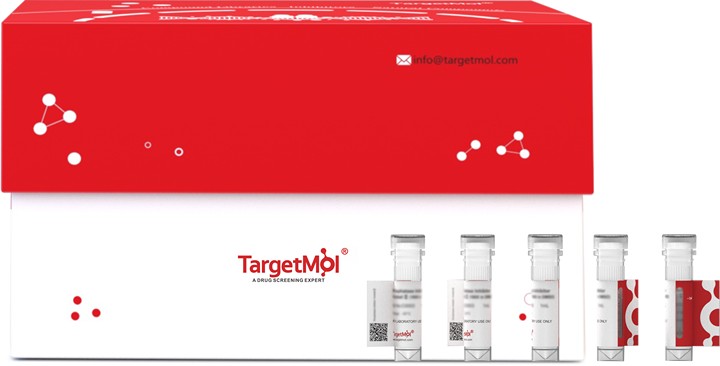Shopping Cart
- Remove All
 Your shopping cart is currently empty
Your shopping cart is currently empty

Growth regulator. Inhibits the proliferation of a number of tumor cell lines. It regulates cytokine production, including IL-6, G-CSF and GM-CSF from endothelial cells. Uses only type II OSM receptor (heterodimers composed of OSMR and IL6ST). Involved in the maturation of fetal hepatocytes, thereby promoting liver development and regeneration. Oncostatin M/OSM Protein, Rat, Recombinant (His) is expressed in HEK293 mammalian cells with N-10xHis tag. The predicted molecular weight is 24.2 kDa and the accession number is Q65Z15.

| Pack Size | Price | Availability | Quantity |
|---|---|---|---|
| 20 μg | $614 | 20 days | |
| 100 μg | $1,890 | 20 days |
| Biological Activity | Activity has not been tested. It is theoretically active, but we cannot guarantee it. If you require protein activity, we recommend choosing the eukaryotic expression version first. |
| Description | Growth regulator. Inhibits the proliferation of a number of tumor cell lines. It regulates cytokine production, including IL-6, G-CSF and GM-CSF from endothelial cells. Uses only type II OSM receptor (heterodimers composed of OSMR and IL6ST). Involved in the maturation of fetal hepatocytes, thereby promoting liver development and regeneration. Oncostatin M/OSM Protein, Rat, Recombinant (His) is expressed in HEK293 mammalian cells with N-10xHis tag. The predicted molecular weight is 24.2 kDa and the accession number is Q65Z15. |
| Species | Rat |
| Expression System | HEK293 Cells |
| Tag | N-10xHis |
| Accession Number | Q65Z15 |
| Synonyms | OSM,Osm,Oncostatin-M |
| Amino Acid | KRGCSSSSPKLLSQLKSQANITGNTASLLEPYILHQNLNTLTLRAACTEHPVAFPSEDMLRQLSKPDFLSTVHATLGRVWHQLGAFRQQFPKIQDFPELERARQNIQGIRNNVYCMARLLHPPLEIPEPTQADSGTSRPTTTAPGIFQIKIDSCRFLWGYHRFMGSVGRVFEEWGDGSRRSRR |
| Construction | 26-208 aa |
| Protein Purity | > 85% as determined by SDS-PAGE. |
| Molecular Weight | 24.2 kDa (predicted) |
| Endotoxin | < 1.0 EU/μg of the protein as determined by the LAL method. |
| Formulation | Tris-based buffer, 50% glycerol |
| Reconstitution | A Certificate of Analysis (CoA) containing reconstitution instructions is included with the products. Please refer to the CoA for detailed information. |
| Stability & Storage | Lyophilized powders can be stably stored for over 12 months, while liquid products can be stored for 6-12 months at -80°C. For reconstituted protein solutions, the solution can be stored at -20°C to -80°C for at least 3 months. Please avoid multiple freeze-thaw cycles and store products in aliquots. |
| Shipping | In general, Lyophilized powders are shipping with blue ice. Solutions are shipping with dry ice. |
| Research Background | Growth regulator. Inhibits the proliferation of a number of tumor cell lines. It regulates cytokine production, including IL-6, G-CSF and GM-CSF from endothelial cells. Uses only type II OSM receptor (heterodimers composed of OSMR and IL6ST). Involved in the maturation of fetal hepatocytes, thereby promoting liver development and regeneration. |

Copyright © 2015-2025 TargetMol Chemicals Inc. All Rights Reserved.